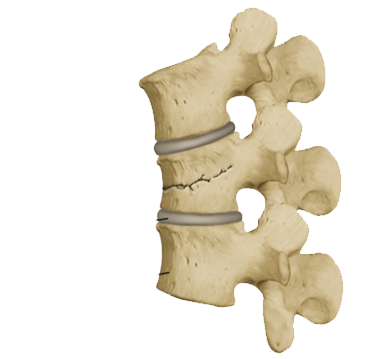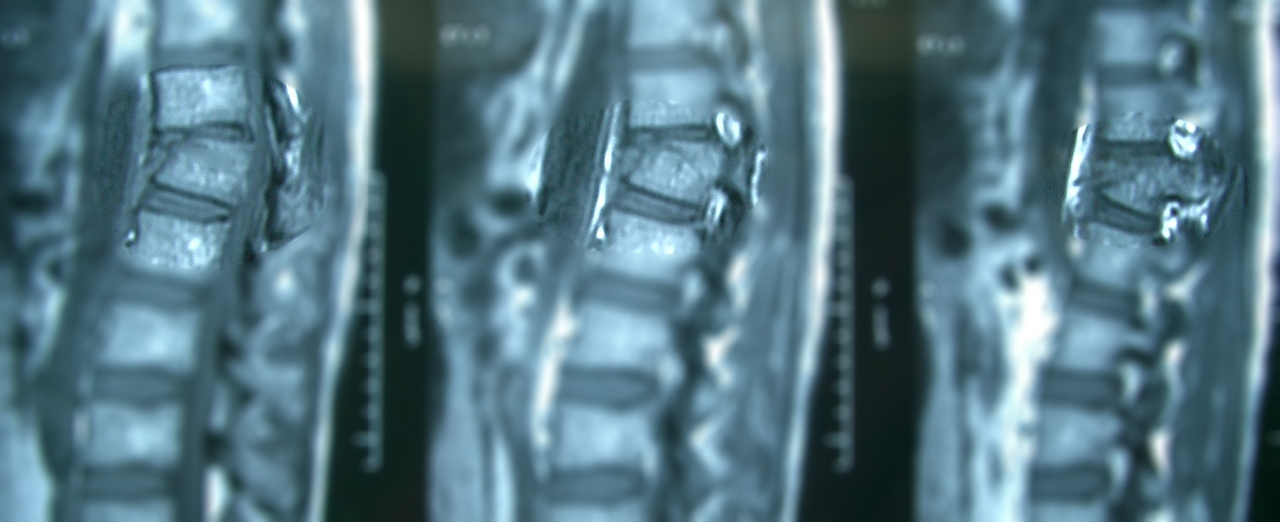.jpg)
Spinal fractures cause quite serious outcomes since the spine is both the chief pillar of our body and a protector of the spinal cord, which provides the communication between our brain and body. Before W. Konrad Röntgen founded X-rays, spinal fractures can be diagnosed by paralyses seen in one or more parts of the body.
Today, radiographic films allow physicians to make more certain diagnoses and become more successful in treating these fractures. The cause of spinal fractures is often a major trauma.
Since the spine has a solid structure and is well protected by the surrounding fibrous tissues, a fraction can only be caused by a strong impact. Whiplash injuries can occur due to car accidents, fallings, instant jumps or while trying to lift or move heavy objects. The most dangerous fractures are those that occur in the upper back or the neck. This area includes nerves that come from lower regions of the body. The most important damage occurs by fractions that cause the spinal cord to collapse and bleed. Sometimes the vertebral bones dissociate from each other even though there is no fraction, but the spinal cord is affected like there is one.
Dangerous spinal fractions can cause the patient to go into shock. Spinal fractions and injuries require treatment by specialist neurologists.
X-ray films of all bones are required to begin with. The most important treatment is to restore the fractured bones, which ought to be fulfilled by a specialist surgeon or an orthopedist. The body may require to be encased in plaster in order to hold the bones in their proper locations during healing and symphysis (natural fusion of bones). Intestinal or urinary functions may be disrupted in case of an injury in nerves relating to the urinary system. Special tubes attached to the bladder (suprapubic catheter) are needed to drain the urine in such a case. The patient should not be moved if there is a possibility of neck fracture and a doctor should be called right away. The injured should be put on a stretcher and taken to the nearest hospital in company with a doctor with the least movement possible. Numbness in the regions lower than the fracture and a loss of intestinal and urinary functions are evidences for a serious injury of the spinal cord.
